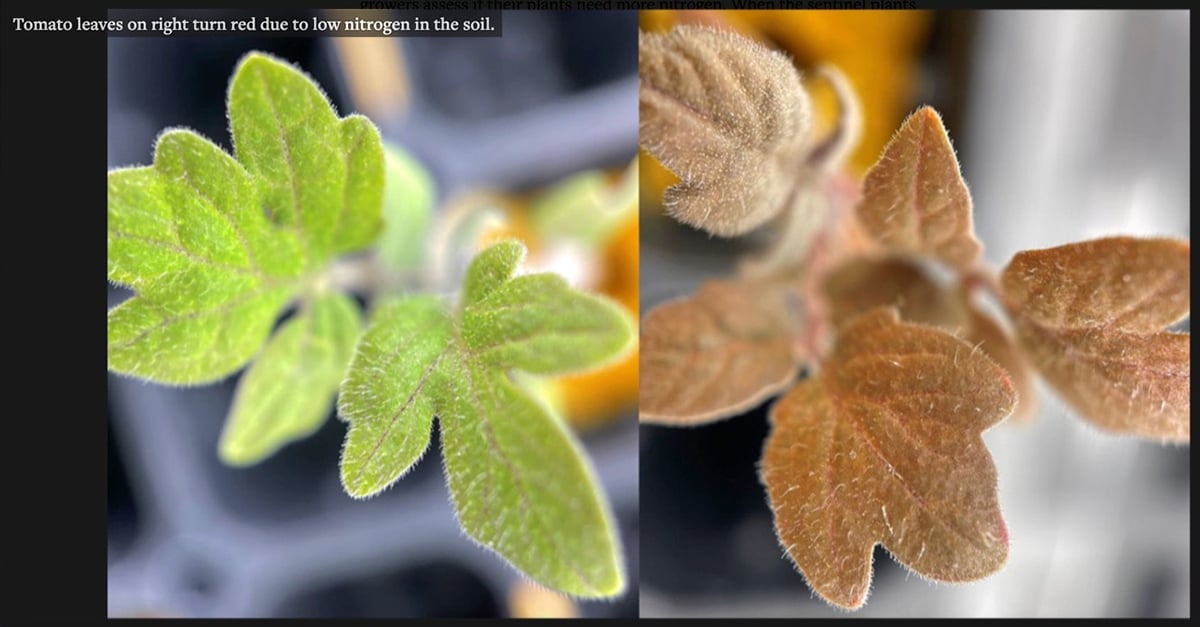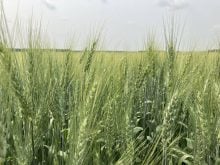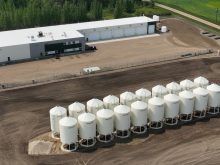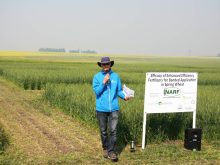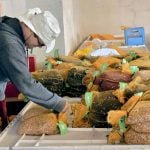WINNIPEG — Does the soil have sufficient nitrogen? Are the plants getting enough nitrogen?
A soil test and a plant tissue test can answer those agronomic questions, but two students at Cornell University have devised a faster way to detect if garden plants and agricultural crops have a sufficient supply of nitrogen.
The two students, who are working toward PhDs in engineering and plant science, genetically modified a tomato plant so its leaves turn red when the plant is low on nitrogen.
Read Also
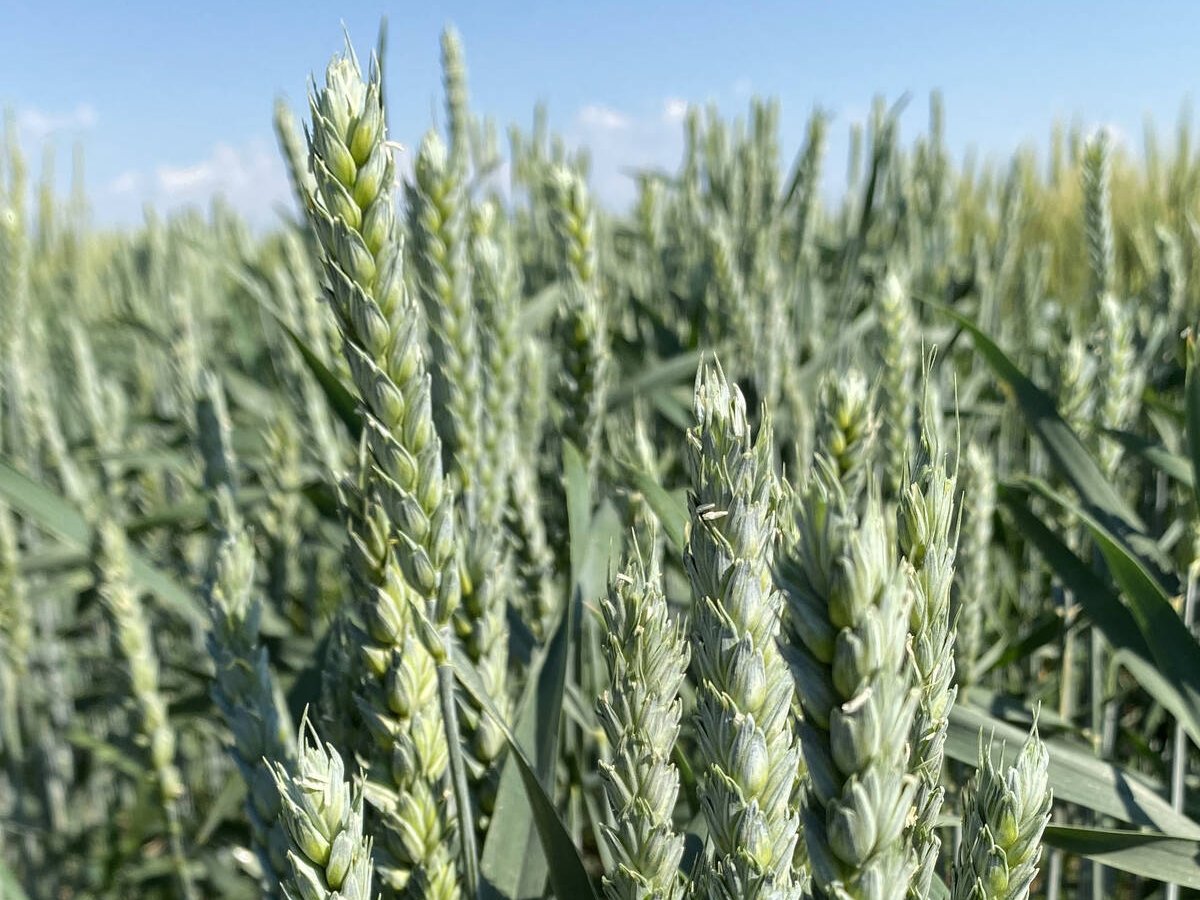
Discovery promises big wheat yield gain
University of Maryland researchers have discovered a gene that produces three grains per wheat floret instead of the usual one.
“We like to use the analogy of a dog that whines when it’s hungry,” said Ava Forystek, a PhD candidate in the College of Agriculture and Life Sciences at Cornell, a university in New York state.
“It would be kind of ridiculous to wait until you feel its ribs to feed it.”
Forystek teamed up with Jacob Belding, who is studying chemical and biomolecular engineering at Cornell, to invent what they’re calling RedAlert Living Sensors.
The basic concept is that plants, in their roots, can detect if there’s insufficient nitrogen in the soil.
But plants can’t talk, so there’s no way of communicating that deficiency to humans. Gardeners and farmers may not notice the problem until a plant’s leaves turn yellow and wilt.
Genetically modifying the tomato plant so the leaves turn red allows the plant to share information.
“We’re taking a signal from the roots where the plant first notices there’s not enough nitrogen in the soil . (Then) we can see on the plant that it is hungry for nitrogen, but it’s not already starving,” Belding said.
The genetically modified tomato plants produce a red pigment and the leaves become different shades of red, depending on the shortage of nitrogen in the root zone.
High tech tools already exist in agriculture, such as sensors and scanners, to detect if a crop is getting enough nitrogen or not.
However, a sentinel plant that turns red is a much simpler technology. It’s something that everyone can use, Belding said.
“It’s kind of a democratization of these smart agriculture tools that have seen a lot of popularity in the past decade…. This could be a smart ag device that is affordable and can be easily used by even a home gardener.”
The students and their nitrogen sensing tomato are one of five finalists in the Collegiate Inventors Competition, an event hosted by the National Inventors Hall of Fame in America.


